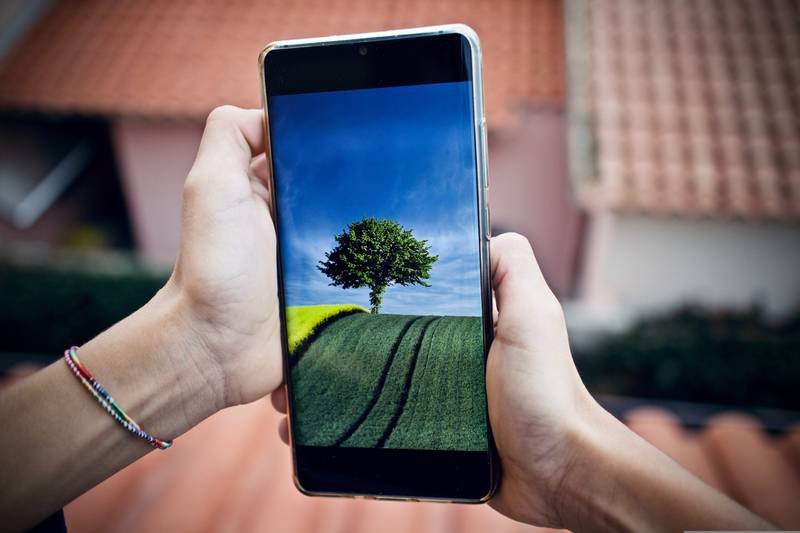
Introduction to the Smartphone Revolution
The smartphone industry has undergone remarkable transformation over the last decade, paving the way for innovative advancements that have significantly influenced consumer behavior and market dynamics. As we approach 2025, the evolution of smartphones demonstrates clear trends shaped by consumer needs, technological enhancements, and competitive differentiation among manufacturers. The rapid pace of change in features, performance, and user experience suggests that the future of mobile communication is continuously unfolding.
Beginning with the introduction of touchscreens and faster processors, smartphones have transcended their initial role as communication devices. Recent years have witnessed the incorporation of advanced capabilities such as artificial intelligence, augmented reality, and sophisticated camera systems, which have redefined user engagement. The emergence of 5G technology has facilitated faster connectivity, enhancing the capability to stream high-definition content and promote seamless communication, thereby solidifying smartphones as indispensable tools in daily life.
User preferences are evolving in tandem with these advancements. A focus on sustainability, personalized experiences, and integration with other devices has become paramount. Consumers now anticipate more intuitive interfaces, longer battery life, and enhanced security features as critical considerations. Moreover, brands are increasingly aligning their offerings with environmental consciousness, prioritizing both innovation and eco-friendly practices in production processes.
As the market progresses toward 2025, various trends will continue to shape the landscape, including folding screens, increased emphasis on biometric security, and the rise of artificial intelligence in personalizing user experience. Evaluating the best smartphone requires a comprehensive understanding of these developments, as well as a clear criterion that emphasizes performance, design, and user satisfaction. This overview of the smartphone revolution will serve as a foundation for the subsequent analysis of top contenders in this dynamic market.
Key Features to Consider in 2025
As consumers navigate the rapidly evolving smartphone market in 2025, it becomes crucial to focus on several key features that greatly influence both performance and usability. One of the primary considerations is camera capabilities. With advancements in technology, smartphones are now equipped with multi-lens systems that offer enhanced photography experiences. Features such as optical zoom, low-light performance, and improved image stabilization are essential for those who prioritize photography and videography, making the camera a pivotal element in any modern device.
Processor speed is another vital attribute that cannot be overlooked. As apps become more sophisticated and demanding, smartphones require advanced processors to ensure smooth operation. The latest models are expected to feature powerful chipsets that not only enhance overall speed but also improve energy efficiency, leading to better performance without compromising battery life. A high-performance processor is indispensable for multitasking, gaming, and streaming high-resolution content, making it a significant consideration when selecting a smartphone.
Battery life remains a perennial concern for smartphone users. With the continuous use of apps and connectivity features, a robust battery that can endure prolonged usage throughout the day is essential. Innovations in battery technology, such as fast charging and wireless charging options, also add considerable value. As consumers demand more from their devices, a smartphone that balances power consumption with long-lasting battery efficiency is increasingly sought after.
Display quality is another fundamental aspect to evaluate. In 2025, high-resolution screens with vibrant color representation and increased refresh rates are likely to be standard. Buyers should consider display technology such as OLED or AMOLED for enhanced visuals, particularly for media consumption and gaming. Additionally, unique software functionalities, including advanced AI capabilities and personalization features, can significantly enrich user experience, making these factors important in refining one’s choice for an ideal smartphone.
The Leading Contenders for Best Smartphone
The smartphone market in 2025 is undeniably competitive, with numerous brands striving to innovate and capture consumer attention. Among the most notable contenders for the title of best smartphone, several flagship models stand out due to their brand reputation, market presence, and cutting-edge offerings.
First on the list is the Apple iPhone 15 Pro Max, which builds upon the legacy of Apple’s renowned smartphones. With its powerful A17 chipset, the iPhone 15 Pro Max is designed to offer exceptional processing speed and efficiency. Apple maintains a strong market presence, appealing to loyal users who value quality and innovation. The device features an advanced camera system, incorporating machine learning capabilities to enhance photography, making it an attractive option for creatives and casual users alike.
In close competition, the Samsung Galaxy S23 Ultra is another leading contender. Known for its impressive display technology and versatile camera capabilities, the Galaxy S23 Ultra showcases a refined design and exceptional performance. Samsung’s extensive market reach reinforces its status as a powerhouse in the smartphone industry. With its integration of AI-driven functionalities, the S23 Ultra is adept at personalizing user experience, ensuring it meets diverse consumer needs.
Additionally, the Google Pixel 8 Pro has made a significant impact with its stock Android experience and exceptional computational photography features. Google has gained a reputation for producing smartphones that prioritize software optimization and user privacy. The Pixel 8 Pro highlights this philosophy, showcasing innovative camera skills that rival those of leading competitors. As Google continues to expand its footprint in the smartphone market, the Pixel 8 Pro remains a top choice for those seeking simplicity and functionality.
These leading contenders, the iPhone 15 Pro Max, Samsung Galaxy S23 Ultra, and Google Pixel 8 Pro, present diverse options for consumers looking for the best smartphone of 2025. Each device has its unique strengths and innovation, setting the stage for deeper analysis in subsequent sections.
Detailed Review of Smartphone A
Smartphone A has made significant strides in design and functionality, setting a new benchmark for its competitors in 2025. The device sports a sleek, modern aesthetic, featuring a glass back and aluminum frame, which not only enhances its premium feel but also ensures durability. The display measures 6.5 inches, with a resolution of 2400 x 1080 pixels, providing vibrant colors and sharp images. This display integrates OLED technology, known for its deep blacks and high contrast ratios, further elevating the user experience.
Under the hood, Smartphone A is equipped with the latest processor that ensures seamless multitasking and gaming experiences. Coupled with 12GB RAM and a choice of storage options ranging from 128GB to 512GB, users can expect efficient performance regardless of their usage patterns. Additionally, the device supports 5G connectivity, enhancing its future-proofing in terms of network usage.
The software environment of Smartphone A is based on the latest iteration of the operating system, featuring an intuitive user interface that permits customized experiences for users. Regular updates promise both security and performance enhancements over time, ensuring that users benefit from the latest innovations. Furthermore, the presence of numerous pre-installed applications allows users to maximize functionality immediately upon purchase.
One of the standout features of Smartphone A is its camera system. The device boasts a triple-lens rear camera setup, featuring a 108 MP main sensor, an ultra-wide lens, and a macro lens. This configuration allows for exceptional photography, capturing intricate details in both well-lit and low-light conditions. An array of software enhancements complements the hardware, including night mode, portrait mode, and advanced AI capabilities, which significantly improve the photographic experience.
In terms of pros and cons, users will appreciate the impressive battery life, which supports fast charging, along with a high level of customization within the software. However, some may find the premium price point a barrier, and the absence of a headphone jack could be a downside for traditional audio users. In comparison to previous models, Smartphone A markedly elevates performance and usability, standing out in a competitive market through its balanced features and innovations.
Detailed Review of Smartphone B
Smartphone B has emerged as a strong contender in the crowded mobile market of 2025, offering a blend of innovative features and solid performance metrics that cater to a range of user needs. One of its standout characteristics is the impressive camera system, featuring a triple-lens setup that includes a 108MP primary sensor, an ultra-wide lens, and a telephoto lens. This configuration enables users to capture stunning images in various settings, with enhancements like night mode and advanced HDR capabilities that significantly improve photo quality in low-light conditions.
Performance-wise, Smartphone B is powered by the latest octa-core processor paired with a generous 12GB of RAM. This combination ensures seamless multitasking, allowing users to run multiple applications without experiencing lag. Benchmark tests indicate that it excels in both gaming and productivity tasks, making it an excellent choice for power users. The device also supports 5G connectivity, ensuring fast data speeds for streaming and downloading content, which is essential in today’s mobile landscape.
Additionally, Smartphone B features a vibrant AMOLED display measuring 6.7 inches, with a resolution of 2400 x 1080 pixels. The display offers exceptional color reproduction and brightness levels, making it suitable for media consumption. Furthermore, its adaptive refresh rate of up to 120Hz enhances the overall user experience, leading to smooth scrolling and responsive touch interactions.
However, it is important to note some shortcomings. While the battery life is considerable, lasting up to 24 hours with moderate use, heavy users may find themselves needing to charge more frequently. The device’s pricing also places it in the premium segment, which may not appeal to budget-conscious consumers. Overall, Smartphone B successfully integrates modern technology and user-friendly features, making it a formidable option for 2025 smartphone buyers.
Detailed Review of Smartphone C
Smartphone C has emerged as one of the leading competitors in the 2025 smartphone market. It boasts an impressive set of specifications that cater to a wide range of consumers. At the heart of this device is a powerful processor coupled with ample RAM, ensuring seamless multitasking and a smooth user interface. The display is another standout feature, characterized by its vibrant colors and high resolution, providing users with an immersive viewing experience whether they’re streaming videos, playing games, or browsing the web.
The user interface of Smartphone C has undergone significant enhancements, making it intuitive and user-friendly. The operating system is equipped with a series of customization options, enabling users to personalize their devices according to their preferences. The quick access features and effortlessly navigable menus contribute to an overall positive user experience, drawing in both tech enthusiasts and everyday users alike.
Pricing strategy plays a crucial role in Smartphone C’s market positioning. The device is priced competitively, striking a balance between high-end features and affordability. This pricing model appeals to a diverse target audience looking for premium quality without the exorbitant price tag prevalent in many flagship models. When compared to industry standards, Smartphone C offers excellent value, especially considering its specifications and features.
Furthermore, Smartphone C has been designed with longevity in mind, incorporating a robust battery life that outperforms many contemporaries in its category. This attribute, combined with enhanced durability against environmental factors, makes it an attractive option for consumers who lead active lifestyles. Overall, the comprehensive features and sensible pricing strategy position Smartphone C as a compelling choice for potential buyers in the highly competitive smartphone market.
Comparative Analysis of the Top Smartphones
As we delve into the competitive landscape of smartphones in 2025, we focus on three leading models: Smartphone A, Smartphone B, and Smartphone C. Each device offers unique features tailored to different consumer needs, making it crucial for potential buyers to assess their priorities. Below, we compare the key aspects of these devices, including specifications, pricing, and customer feedback.
Smartphone A boasts a stunning 120Hz display along with the latest Snapdragon 8 Gen 3 processor. This combination not only enhances gaming experiences but also provides fluid overall performance. In the camera department, Smartphone A features a triple-lens setup with a 108MP main sensor, enabling exceptional low-light photography. Priced at $999, this model has received positive feedback regarding its build quality and strong battery life, though some users have noted that its size may feel cumbersome for one-handed use.
Smartphone B, on the other hand, emphasizes portability without compromising power. Equipped with a compact 6.1-inch OLED display and a similarly robust Snapdragon chip, it supports advanced gaming and multimedia experiences. Smartphone B’s standout feature is its dual-camera system, integrating a 50MP ultra-wide lens that appeals to photography enthusiasts. With a retail price of $849, customer reviews highlight its sleek design and satisfactory performance, although battery longevity has been a reported drawback.
Lastly, Smartphone C prioritizes affordability while delivering essential features for the average user. Sporting a 6.5-inch LCD display and an efficient mid-range processor, it is perfect for casual gaming and browsing. The camera system includes a dual-lens configuration with 48MP capabilities, making it a solid choice for everyday photography. Priced at $599, feedback suggests that while it excels in value, some users experience slower performance under heavy multitasking conditions.
In a head-to-head analysis of these smartphones, consumers must weigh their own preferences for performance, design, and price. Each model possesses distinct advantages and limitations, allowing for diverse choices across the market based on individual needs.
User Preferences and Market Trends
As we delve into the smartphone market of 2025, it is essential to consider the evolving preferences of consumers and how these shape prevailing market trends. Over recent years, the smartphone industry has seen a significant shift towards sustainability, as more consumers prioritize eco-friendly products. Manufacturers are increasingly responding to this demand by developing devices constructed from recycled materials and emphasizing energy-efficient technologies. The trend towards sustainability reflects a broader societal movement towards environmental responsibility, influencing buying decisions across demographics.
Alongside sustainability, the integration of artificial intelligence (AI) into smartphones has emerged as a notable trend. Users now seek devices that can offer smart features, such as enhanced photography capabilities through AI algorithms, personalized user experiences, and improved battery management. As smartphones continue to evolve with AI, consumers expect seamless interactions and a level of customization that caters to their unique needs. This trend is not only shaping product development but also impacting marketing strategies, as brands seek to highlight their technological advancements.
Customization options also hold significant weight in influencing consumer preferences. Users desire devices that reflect their personal tastes and requirements, leading manufacturers to offer diverse options related to design, functionality, and software. Whether it is through interchangeable cases, personalized user interfaces, or adaptive performance settings, the ability to customize features enhances user satisfaction and loyalty. Surveys indicate that consumers rank these personalization capabilities among the top factors in their purchasing decisions for smartphones.
In light of these considerations, understanding consumer preferences is vital in the dynamic smartphone landscape of 2025. Trends such as sustainability, AI integration, and customization are set to deepen as they align with user expectations and experiences, creating a more engaging and responsible market environment.
Expert Recommendations for Choosing a Smartphone
When it comes to selecting the best smartphone in 2025, it is crucial to consider individual needs and usage scenarios. Different user profiles require unique features to enhance their experience, from gaming to photography and business applications. Below are tailored recommendations for various types of users.
For gamers, the ideal smartphone should offer powerful performance and a high-refresh-rate display. Look for devices equipped with the latest processors and GPUs, as these will ensure smooth gaming experiences without lag. Additionally, options with AMOLED screens are preferable for vivid colors and rapid touch response. Battery life plays a significant role, so opting for a smartphone with fast charging capabilities will allow for extended gaming sessions. Models that include gaming-specific features such as customizable cooling systems can also offer an improved gameplay experience.
For those focused on photography, consider smartphones that excel in camera technology. Look for models with multiple lenses, including wide-angle and telephoto options, as well as features like optical zoom and advanced night mode capabilities. The best smartphones for photographers will also prioritize image processing software, which can help in capturing stunning photos under various conditions. Moreover, stabilization features are vital for those who frequently shoot videos, ensuring smooth and professional-grade filming.
Finally, business professionals should prioritize smartphones that offer productivity-enhancing features. Factors to consider include devices with robust security features, long battery life, and compatibility with productivity apps. Smartphones with large screens are also beneficial for multitasking and viewing documents. Look for those that support stylus compatibility or come with a trackpad and keyboard attachment for enhanced efficiency during work tasks.
By carefully considering the distinct needs of each user profile, individuals can make informed decisions when choosing the best smartphone in 2025. This tailored approach ensures satisfaction and maximizes the device’s utility in various scenarios.
Conclusion: The Best Smartphone of 2025
After an extensive analysis of various smartphones released in 2025, it is clear that the market offers a myriad of options, each equipped with innovative features catering to diverse consumer needs. However, through rigorous comparison evaluations, specific criteria emerge as paramount in determining the best smartphone. These criteria include performance, battery life, camera quality, usability, and overall design.
The reviewed smartphones showcased incredible advancements in technology, particularly in artificial intelligence integration and camera capabilities. For instance, the leading contender, with its state-of-the-art processing power and sophisticated AI functionalities, demonstrated remarkable multitasking efficiency, enabling users to transition seamlessly between demanding applications. Furthermore, its camera system not only boasts impressive specifications but also delivers exceptional photographic quality under varying conditions, positioning it ahead of its competitors.
One cannot overlook the impact of design and battery life when assessing the best smartphone. The top choice stands out with its sleek aesthetics and lightweight build, ensuring a comfortable user experience. Additionally, its robust battery performance ensures lasting usage throughout the day, a crucial factor for modern users who rely heavily on their devices for both personal and professional tasks.
In light of these evaluations, the best smartphone of 2025 is a testament to how technology continues to evolve, promising even greater innovations in the coming years. The emphasis on performance, user experience, and cutting-edge features aligns with consumer expectations, setting a benchmark for future smartphones. It remains essential for companies to take heed of societal demands and technological advancements to stay relevant in a rapidly shifting market. Ultimately, this year’s winner exemplifies the pinnacle of smartphone excellence and innovation, making it an unrivaled selection for potential buyers in 2025.
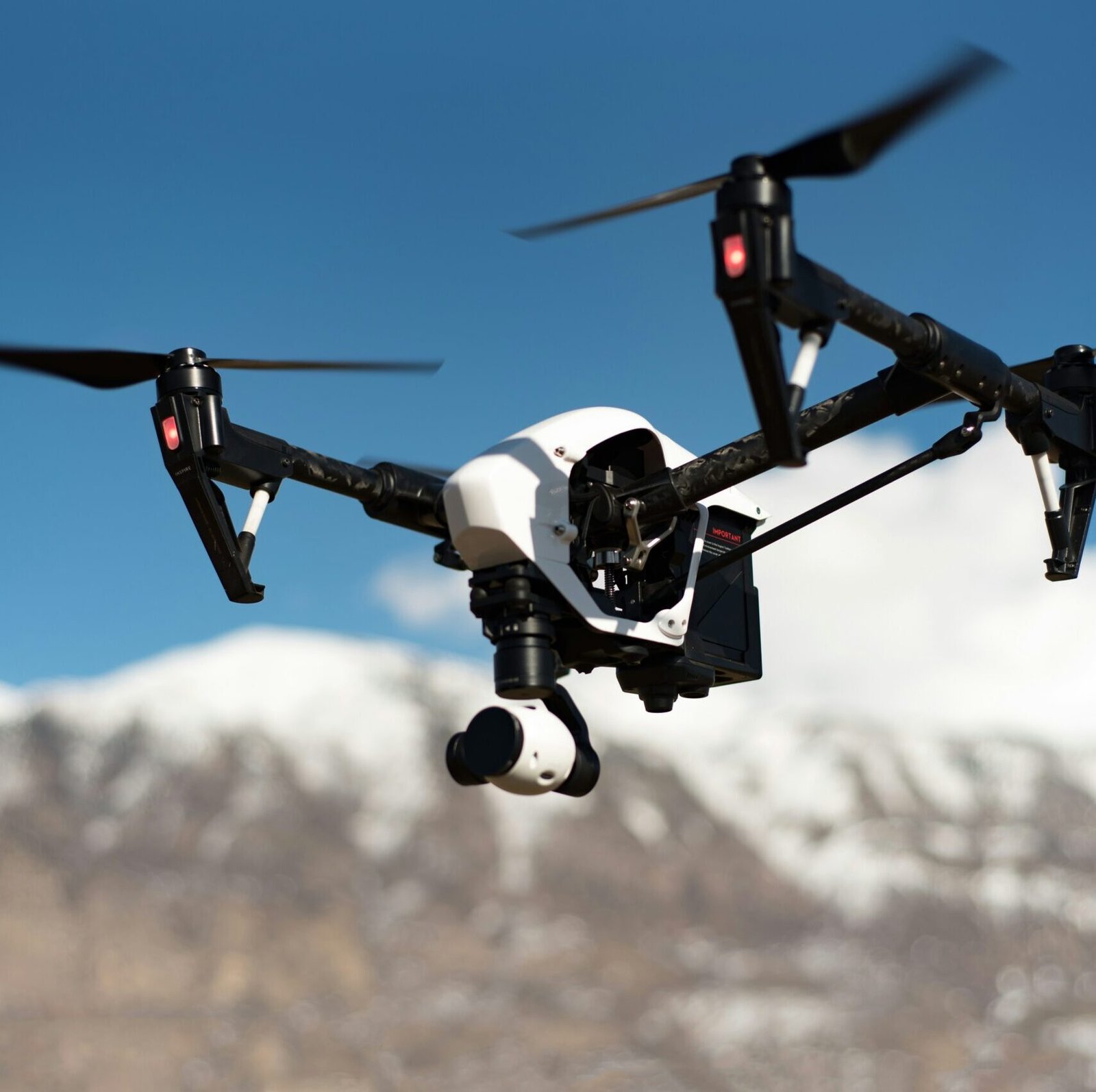


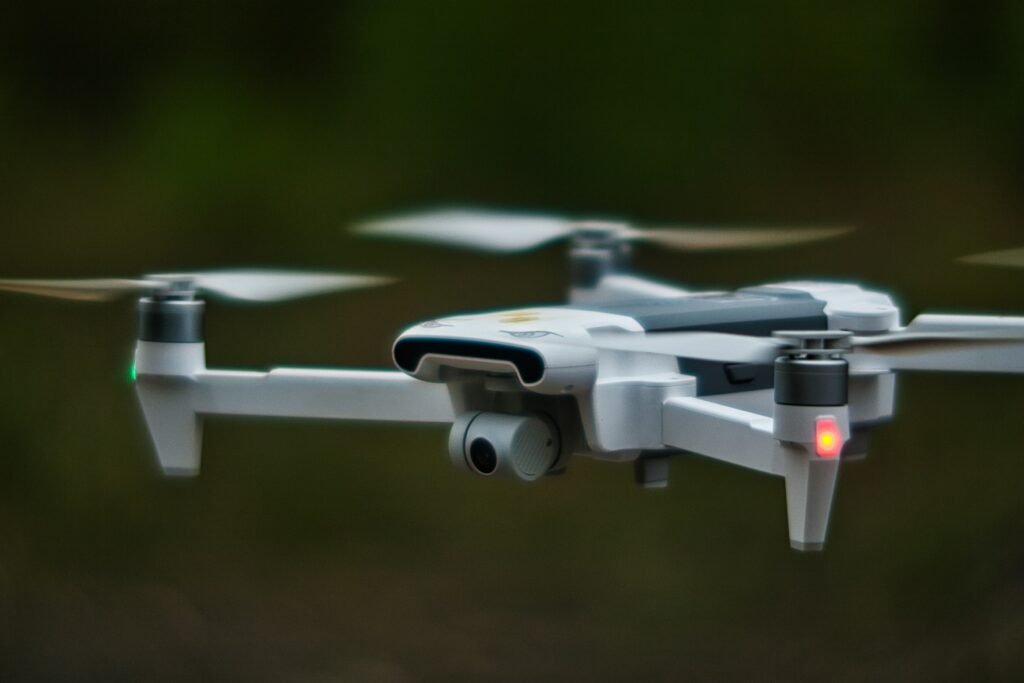
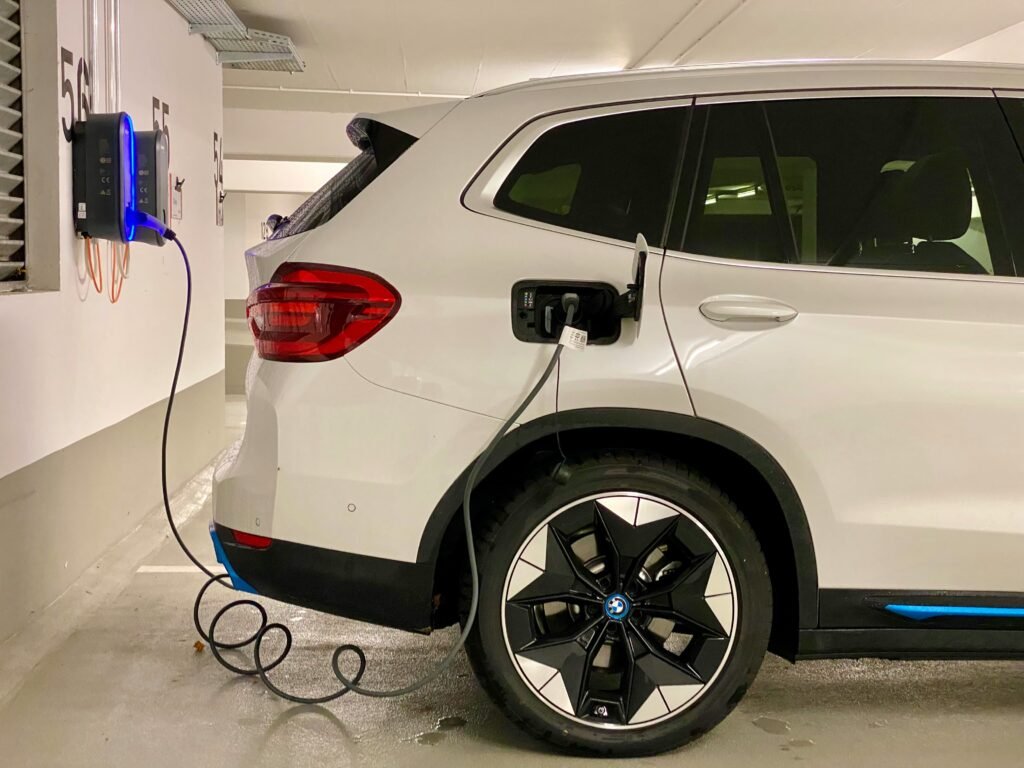
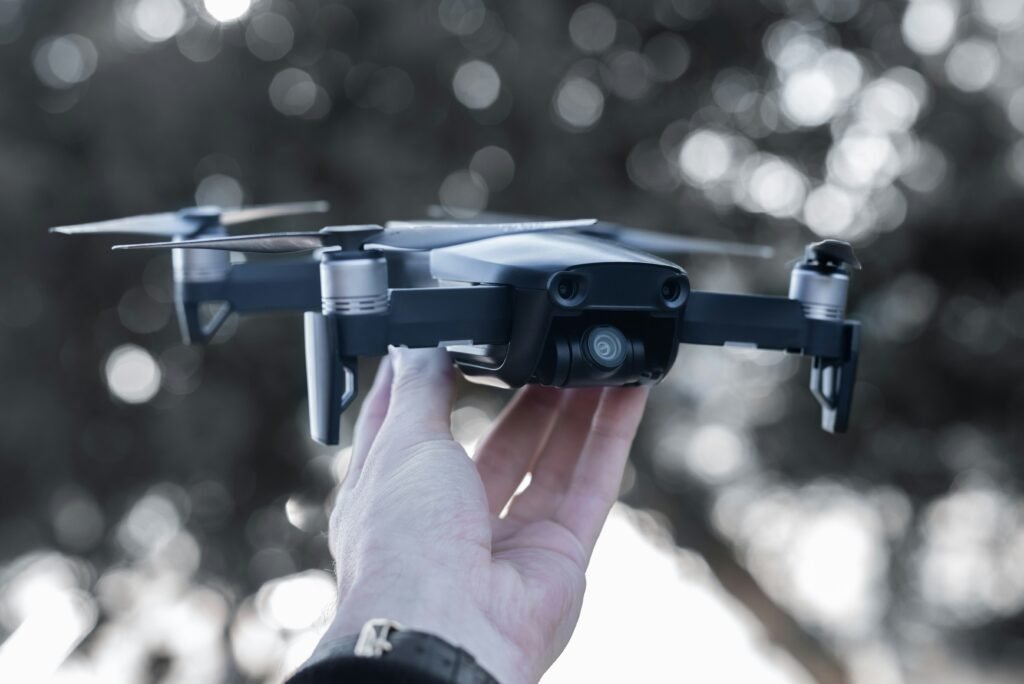
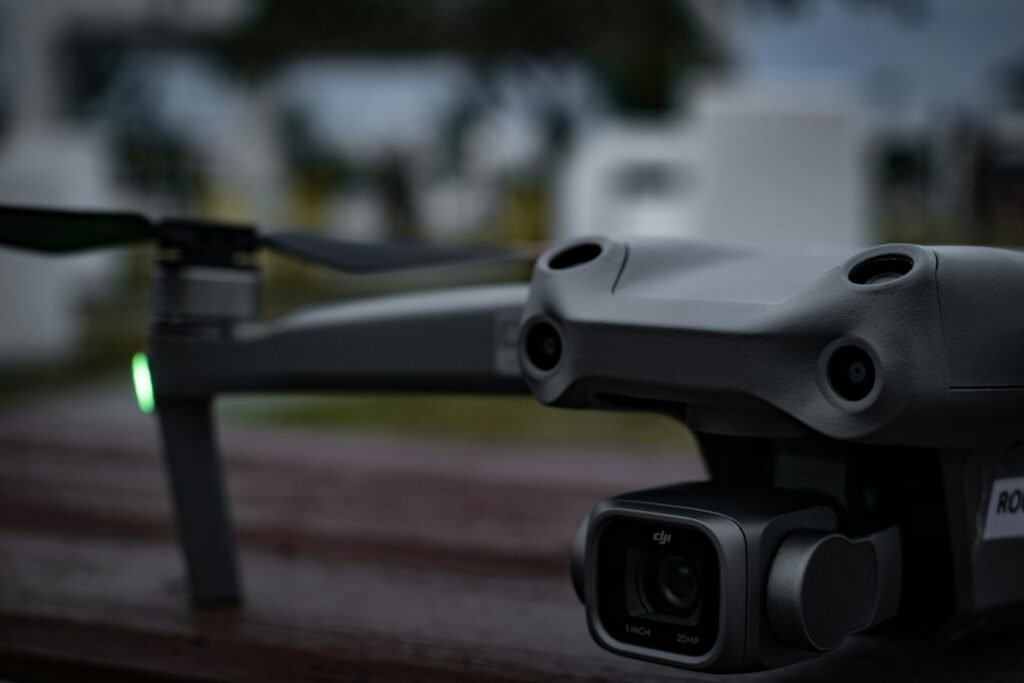

1 thought on “The Best Smartphone of 2025: A Comprehensive Review”